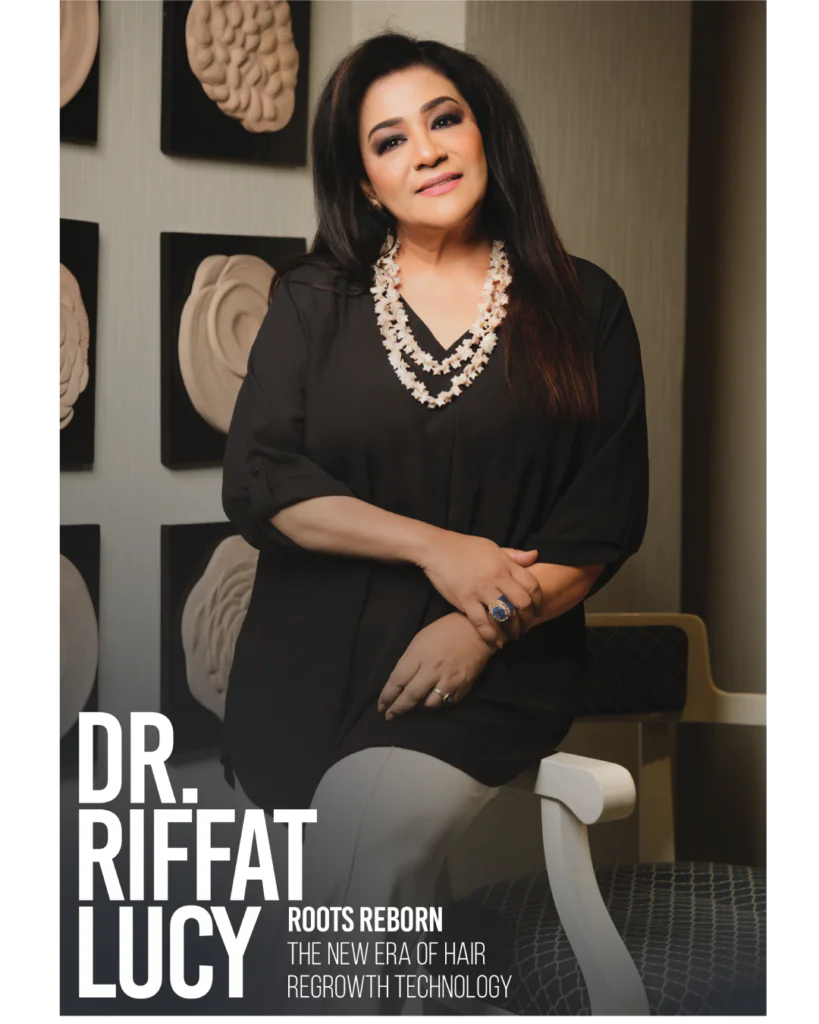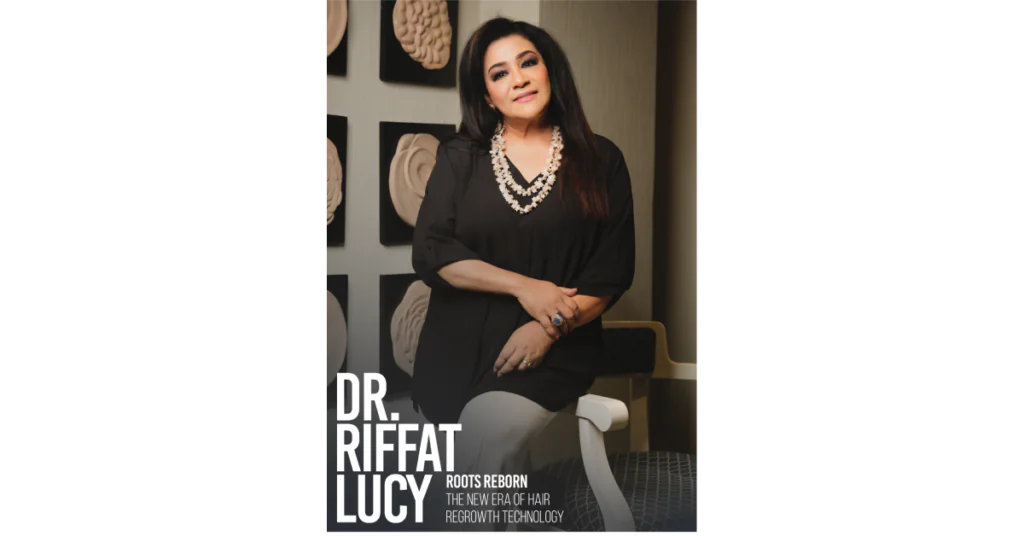
The science of hair growth has undergone a dramatic transformation in recent years, offering new hope to millions struggling with hair loss. Understanding the basics is crucial: hair growth occurs in three stages – Anagen (growth), Catagen (transition), and Telogen (resting). On average, hair grows about half an inch per month, though this can vary widely based on factors like age, genetics, and diet. We naturally shed 50 to 100 hairs daily, but when hair loss outpaces growth, that’s when problems arise.
The secret to luscious locks starts on your plate. Hair is primarily made of protein, so a diet rich in eggs, fish, beans, and lean meats can work wonders for your follicles. Dr. Riffat Lucy, a respected trichologist, emphasizes, “Good hair health starts from the inside. Protein is important because each strand of hair is made of keratin, a tough protein that’s also used to create fingernails and skin.” She advises consuming protein-rich foods like eggs, oily fish, beans, nuts, whole grains, and lean meats to build hair strength.
“Scalp massage may promote hair growth by increasing blood flow to the scalp and stimulating hair follicles.”
For years, the holy trinity of hair loss treatments were Minoxidil, Finasteride, and Ketoconazole. While effective, they’re no longer the only options available. New compounds like Redensyl, Procapil, and Baicapil are gaining popularity. Redensyl, a plant-based powerhouse, works at the cellular level to encourage hair follicles to stay in the growth phase longer, without the rebound hair loss associated with some treatments like Minoxidil. Procapil acts as a DHT blocker, counteracting this hormone linked to hair loss and improving scalp circulation. Baicapil, a blend of plant extracts,
wakes up dormant hair follicles, leading to thicker, more voluminous hair. Dr. Lucy also highlights the importance of scalp health: “Scalp massage may promote hair growth by increasing blood flow to the scalp and stimulating hair follicles.” She notes that while hair transplants are the only permanent solution, hair rejuvenation techniques like platelet-rich plasma (PRP) therapy are gaining popularity. This treatment uses the regenerative properties of platelet-rich plasma from the patient’s own blood to repair injured hair follicles.

The future of hair regrowth science is even more exciting. Scientists are exploring cutting-edge technologies like stem cell therapy, gene therapy, AI-assisted treatments, nanotechnology, CRISPR-based solutions, and exosome therapy. While these treatments are still in development, they promise a future where effective, minimally invasive hair restoration is the norm, not the exception.
Whether you’re just noticing a few extra hairs in your brush or have been battling baldness for years, there’s never been a more promising time in the world of hair science.
From dietary tweaks to revolutionary new compounds and futuristic therapies, the options for maintaining and regrowing your mane are expanding rapidly. Dr. Lucy advises, “Staying informed about these advancements could be the key to preventing further hair loss and unlocking a head full of healthy hair.” Remember, everyone’s hair journey is unique, so for personalized advice and the latest treatment options, it’s best to consult with a qualified trichologist or hair specialist. Your dream hair might be closer than you think!

















